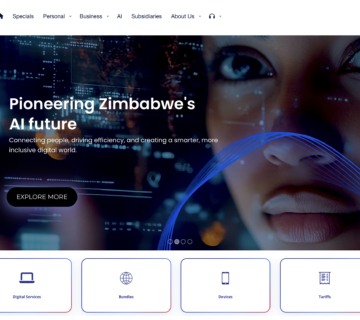You spent weeks on the creative. It looked great. The copy hit all the right notes. The campaign went live.
And then… nothing.
At first glance, it’s tempting to blame the design. But more often than not, that’s not where the problem starts. It starts with the data.
Great Design, Wrong Context
Even your best creative will struggle if it’s shown to the wrong audience, at the wrong time, or on the wrong platform.
Creative draws attention. But data decides who sees it, when they see it, and how often. If that’s off, the whole thing slips through the cracks.
Three Quiet Reasons Your Campaign Fell Flat
Let’s take a closer look at what’s usually going wrong beneath the surface:
1. Tagging Is Incomplete or Broken
Without proper tracking, you’re guessing. If your analytics are fuzzy, your decisions will be too. And that makes it impossible to learn and improve.
2. There’s No Testing Plan
Launching one ad version and calling it a day? That’s a gamble. Testing multiple versions—creative, headlines, calls to action—gives you actual direction, not just a hunch.
3. Audience Segments Are Too Broad
Your bold, youthful visual may be perfect for one audience. But serve it to the wrong group, and it loses all meaning. Creative works best when it speaks to someone specific.
When Data Leads, Creative Performs
Creative and data aren’t in conflict. They’re collaborators.
Data tells you where to aim. It shows you what worked last time. It helps you get sharper, more relevant, and more responsive with every campaign.
Before you judge the design, ask:
-
Were we clear on who we were targeting?
-
Did we test different formats or messages?
-
Are we actually measuring what matters?
Design matters. But when performance dips, the first question shouldn’t be “What did the designer miss?”
It should be “What does the data say?”
Creative doesn’t fail in a vacuum. It fails when it’s unsupported, untested, and misdirected. Fix that, and your best ideas will finally have the chance to work as hard as you need them to.


